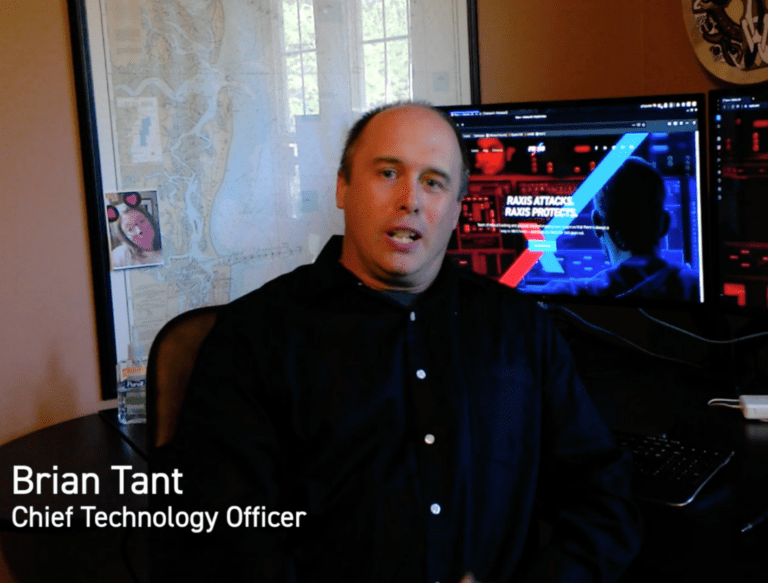Social Engineering and the “Ishings” Explained
Would you know if you were being “smished” or “vished”? Let Raxis’ CTO Brian Tant explain how hackers use these techniques.

Would you know if you were being “smished” or “vished”? Let Raxis’ CTO Brian Tant explain how hackers use these techniques.
![Voice Phishing - Social Engineering[Part 2]](https://raxis.com/wp-content/smush-webp/2023/05/img-12-1-768x403.png.webp)
Raxis COO Bonnie Smyre discusses voice or phone phishing, also know as vishing, and how you can train your employees not to fall for the bait.